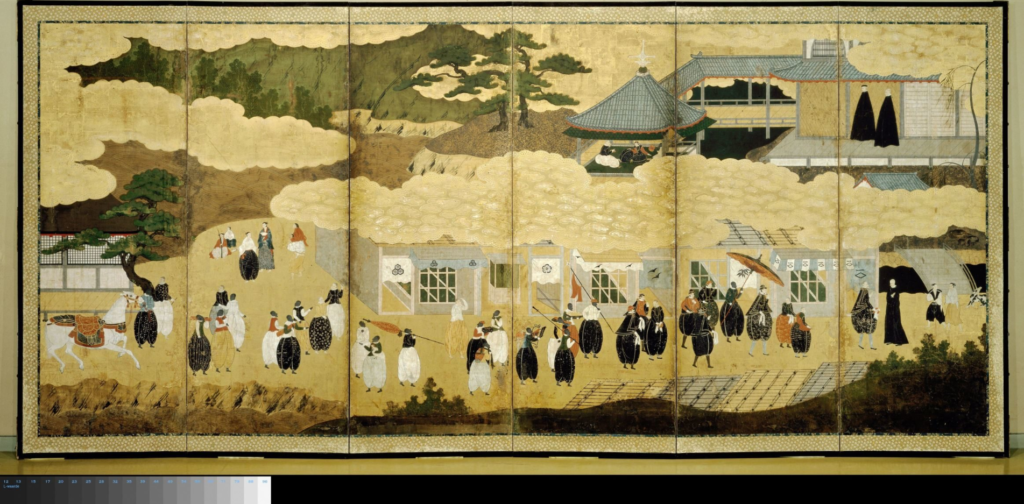Near the end of Japan’s “Warring States” period a remarkable visitor arrived in the country with a group of European Jesuit missionaries. He was a soldier originally from East Africa acting as a bodyguard for the ranking Jesuit in Japan. The Japanese would come to know this man as Yasuke and through a surprising series of events he would go on to become the first non-Japanese person to be recognized as a Samurai. Unfortunately, sources concerning the life of Yasuke are few. With only a handful of primary sources and a few colorful legends how much can we know for sure about the African Samurai? Tune-in and find out how Indian slave-soldiers, brawling saints, and the Wu-Tang Clan all play a role in the story.

Works Cited
Barry, Robert. “Shogun Assassin, GZA’s Liquid Swords & the Sound of Militant Dysphoria.” The Quietus, https://thequietus.com/articles/05346-shogun-assassin-liquid-swords-wu-tang-clan.
Lockley, Thomas, and Geoffrey Girard. African Samurai: The True Story of Yasuke, a Legendary Black Warrior in Feudal Japan. Hanover Square Press, 2021.
Lockley, Thomas. “The Story of Yasuke: Nobunaga’s African Retainer”. Ōmon Ronsō. Tokyo: Nihon Daigaku Hōgakubu, 2016.
Man, John. Samurai: The Last Warrior. Bantam, 2012.
Mcleod, Ken. “Afro-Samurai: Techno-Orientalism and Contemporary Hip Hop.” Popular Music, vol. 32, no. 2, 2013, pp. 259–75. JSTOR, http://www.jstor.org/stable/24736760. Accessed 23 Jan. 2023.
Melwani, Lavina. “Africans in India: From Slaves to Sultans.” Khabar Magazine: Your Passport to the Indian-Asian Community, https://www.khabar.com/magazine/cover-story/africans-in-india-from-slaves-to-sultans.
Ōta Gyūichi, et al. The Chronicle of Lord Nobunaga. Brill, 2011.
Wert, Michael. Samurai: A Concise History. Oxford University Press, 2019.

